-
 Bitcoin
Bitcoin $117500
2.15% -
 Ethereum
Ethereum $3911
6.19% -
 XRP
XRP $3.316
10.79% -
 Tether USDt
Tether USDt $1.000
0.01% -
 BNB
BNB $787.2
2.24% -
 Solana
Solana $175.2
4.15% -
 USDC
USDC $0.9999
0.00% -
 Dogecoin
Dogecoin $0.2225
8.40% -
 TRON
TRON $0.3383
0.28% -
 Cardano
Cardano $0.7868
6.02% -
 Stellar
Stellar $0.4382
9.34% -
 Hyperliquid
Hyperliquid $40.92
7.56% -
 Sui
Sui $3.764
7.63% -
 Chainlink
Chainlink $18.48
10.66% -
 Bitcoin Cash
Bitcoin Cash $582.1
1.88% -
 Hedera
Hedera $0.2601
6.30% -
 Avalanche
Avalanche $23.33
4.94% -
 Ethena USDe
Ethena USDe $1.001
0.02% -
 Litecoin
Litecoin $122.3
2.04% -
 UNUS SED LEO
UNUS SED LEO $8.969
-0.27% -
 Toncoin
Toncoin $3.339
0.86% -
 Shiba Inu
Shiba Inu $0.00001287
4.30% -
 Uniswap
Uniswap $10.43
7.38% -
 Polkadot
Polkadot $3.861
5.08% -
 Dai
Dai $1.000
0.02% -
 Bitget Token
Bitget Token $4.513
3.41% -
 Monero
Monero $267.7
-6.18% -
 Cronos
Cronos $0.1499
4.14% -
 Pepe
Pepe $0.00001110
5.15% -
 Aave
Aave $284.9
8.28%
How are Cardano's on-chain assets managed?
Cardano's asset management system leverages its unique blockchain structure, native tokens, smart contracts, and third-party platforms to provide users with secure, flexible, and cost-effective solutions.
Feb 18, 2025 at 06:30 am
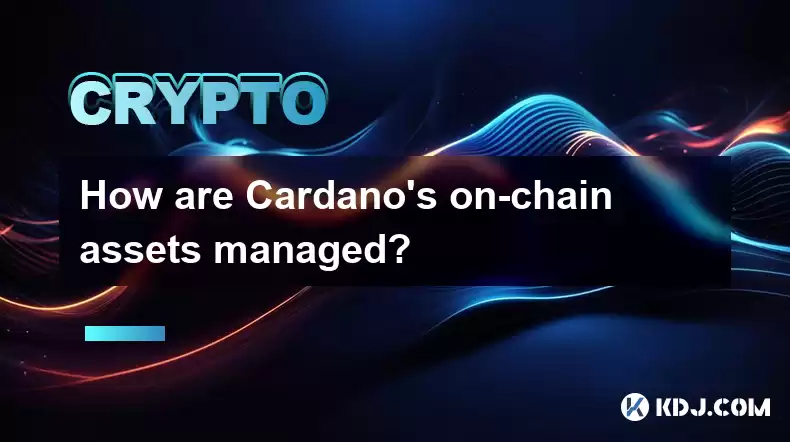
Key Points:
- Cardano's blockchain structure and its impact on asset management
- Overview of Cardano Native Tokens (CNTs)
- Role of smart contracts in managing Cardano assets
- The Cardano Treasury and its functions
- Third-party asset management platforms for Cardano users
How are Cardano's on-chain assets managed?
Cardano, as a third-generation blockchain, offers a robust platform for managing and utilizing on-chain assets. Its unique architecture and features enable users to interact with various types of assets securely and efficiently. Here's a comprehensive guide to how Cardano manages on-chain assets:
1. Blockchain Structure and Asset Management:
Cardano's blockchain is designed with a layered architecture, separating the settlement layer (Cardano Settlement Layer) from the computation layer (Plutus). This segregation ensures the network's scalability and security. Assets are recorded on the settlement layer, providing a secure and immutable ledger for asset ownership and transactions.
2. Cardano Native Tokens (CNTs):
Cardano Native Tokens (CNTs) are the primary means of representing assets on the Cardano blockchain. They are unique digital assets issued on top of Cardano. CNTs can represent various types of assets, including utility tokens, security tokens, and digital collectibles. Each CNT is assigned a unique identifier and has its own set of properties and rules, defining its behavior and use cases.
3. Smart Contracts and Asset Management:
Smart contracts play a vital role in managing Cardano assets. These autonomous programs execute predetermined conditions and rules when specific events occur on the blockchain. Smart contracts can be used to define asset ownership, control asset transfers, and establish complex asset management mechanisms. By leveraging smart contracts, developers can create sophisticated asset management solutions tailored to their specific requirements.
4. The Cardano Treasury:
The Cardano Treasury is a designated fund managed by the Cardano Foundation. It serves as a reserve of ADA, Cardano's native cryptocurrency, used to support the ecosystem's development and growth. The Treasury's funds are allocated to various initiatives, including research and development, community projects, and strategic partnerships. Moreover, the Treasury plays a crucial role in managing the monetary policy of Cardano, ensuring the long-term stability and sustainability of the ecosystem.
5. Third-Party Asset Management Platforms:
The Cardano ecosystem offers a growing number of third-party platforms that provide asset management services. These platforms offer a range of features, such as asset custody, staking, yield farming, and portfolio tracking. Users can leverage these platforms to manage their Cardano assets conveniently and securely. However, it's important for users to conduct thorough research and due diligence before selecting a third-party platform.
Frequently Asked Questions:
What are the advantages of managing assets on Cardano?
Cardano offers several advantages for asset management, including:
- Enhanced security and immutability provided by the blockchain's robust architecture
- Flexibility and customization through the use of smart contracts
- Cost-effectiveness and scalability due to the layered blockchain structure
- Access to a wide range of asset types and services within the Cardano ecosystem
How does Cardano ensure the security of on-chain assets?
Cardano employs multiple security mechanisms to safeguard on-chain assets, including:
- Proof-of-Stake (PoS) consensus mechanism, which incentivizes honest behavior in the network
- Robust cryptography and advanced cryptographic algorithms
- Separation of the settlement layer from the computation layer, ensuring the integrity of asset ownership records
What is the role of staking in Cardano's asset management system?
Staking in Cardano involves delegating ADA to stake pools, contributing to the network's security and validating transactions. In return for staking, participants receive rewards in ADA and can earn additional income while contributing to the ecosystem.
What are the future prospects of asset management on Cardano?
Cardano's asset management capabilities are continuously evolving, with ongoing developments such as the implementation of sidechains, cross-chain bridges, and decentralized finance (DeFi) applications. These advancements are expected to further enhance the functionality and interoperability of Cardano's asset management system, attracting more users and
Disclaimer:info@kdj.com
The information provided is not trading advice. kdj.com does not assume any responsibility for any investments made based on the information provided in this article. Cryptocurrencies are highly volatile and it is highly recommended that you invest with caution after thorough research!
If you believe that the content used on this website infringes your copyright, please contact us immediately (info@kdj.com) and we will delete it promptly.
- SNEK, Cardano, and the Contributor's Conundrum: A Meme Coin's Fight for Recognition
- 2025-08-08 16:30:12
- Toshi Crypto's Wild Ride: Rally, Demand Slump, and What's Next
- 2025-08-08 16:30:12
- Ethereum, Staking Yields, and DeFi Exposure: A New Era for Investors?
- 2025-08-08 15:10:12
- Unilabs Pumps MIA, Binance Coin Bouncing Back, and Ethereum's Bearish Blues
- 2025-08-08 15:10:12
- Ethereum's Wyckoff Markup and Market Rotation: A New Era?
- 2025-08-08 15:30:12
- Ethereum, Vitalik Buterin, and the Overleveraged Game: A Balancing Act
- 2025-08-08 15:30:12
Related knowledge

Where can I buy UMA (UMA)?
Aug 07,2025 at 06:42pm
Understanding UMA and Its Role in Decentralized FinanceUMA (Universal Market Access) is an Ethereum-based decentralized finance (DeFi) protocol design...
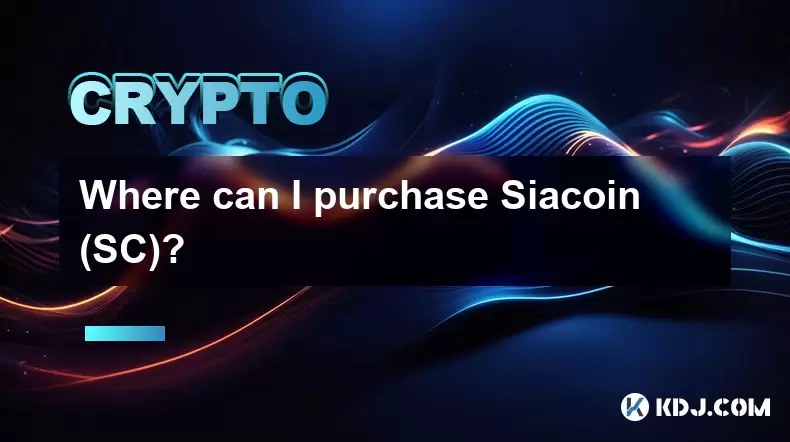
Where can I purchase Siacoin (SC)?
Aug 08,2025 at 11:14am
Understanding Siacoin (SC) and Its Role in the Sia NetworkSiacoin (SC) is the native cryptocurrency of the Sia decentralized cloud storage platform, a...
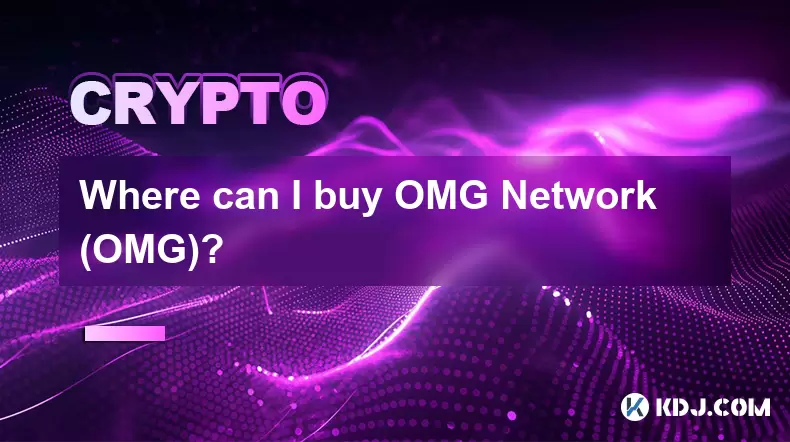
Where can I buy OMG Network (OMG)?
Aug 08,2025 at 12:57pm
Understanding OMG Network (OMG) and Its PurposeThe OMG Network, originally known as OmiseGO, is a layer-2 scaling solution built on the Ethereum block...
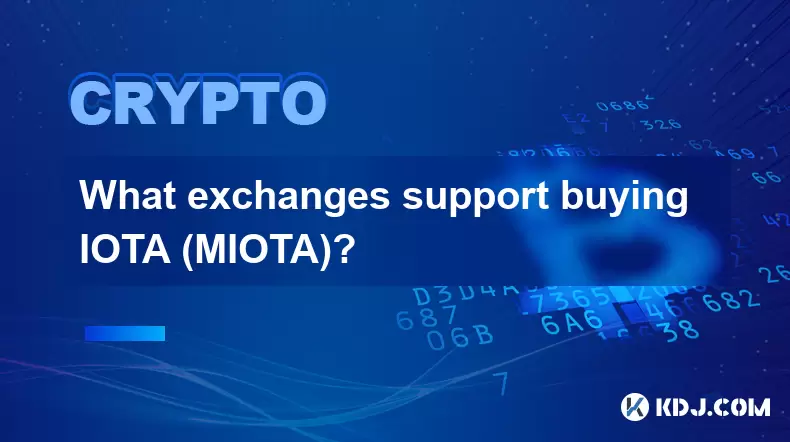
What exchanges support buying IOTA (MIOTA)?
Aug 07,2025 at 09:58pm
Understanding the Role of Private Keys in Cryptocurrency SecurityIn the world of cryptocurrency, private keys are the cornerstone of ownership and con...
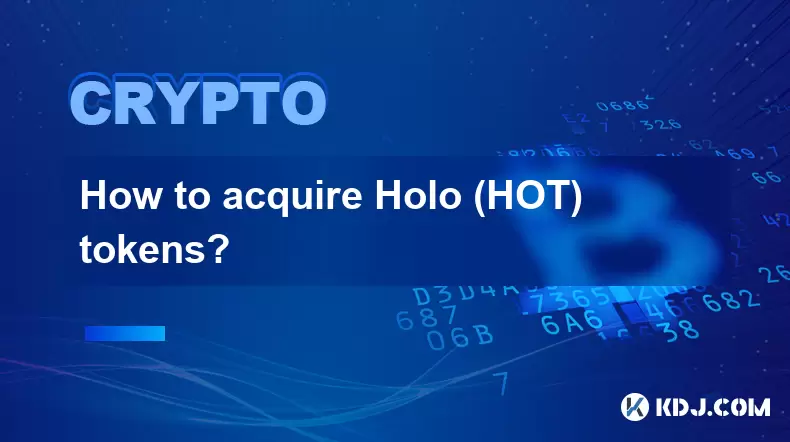
How to acquire Holo (HOT) tokens?
Aug 08,2025 at 05:56am
Understanding Holo (HOT) and Its EcosystemHolo (HOT) is a cryptocurrency token associated with the Holo ecosystem, which is built on the Holochain fra...
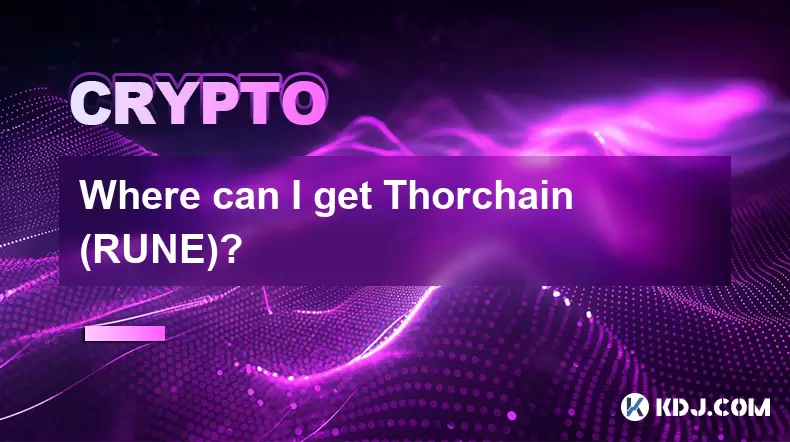
Where can I get Thorchain (RUNE)?
Aug 08,2025 at 08:07am
Understanding the Role of Seed Phrases in Cryptocurrency WalletsA seed phrase, also known as a recovery phrase or mnemonic phrase, is a critical compo...

Where can I buy UMA (UMA)?
Aug 07,2025 at 06:42pm
Understanding UMA and Its Role in Decentralized FinanceUMA (Universal Market Access) is an Ethereum-based decentralized finance (DeFi) protocol design...

Where can I purchase Siacoin (SC)?
Aug 08,2025 at 11:14am
Understanding Siacoin (SC) and Its Role in the Sia NetworkSiacoin (SC) is the native cryptocurrency of the Sia decentralized cloud storage platform, a...

Where can I buy OMG Network (OMG)?
Aug 08,2025 at 12:57pm
Understanding OMG Network (OMG) and Its PurposeThe OMG Network, originally known as OmiseGO, is a layer-2 scaling solution built on the Ethereum block...

What exchanges support buying IOTA (MIOTA)?
Aug 07,2025 at 09:58pm
Understanding the Role of Private Keys in Cryptocurrency SecurityIn the world of cryptocurrency, private keys are the cornerstone of ownership and con...

How to acquire Holo (HOT) tokens?
Aug 08,2025 at 05:56am
Understanding Holo (HOT) and Its EcosystemHolo (HOT) is a cryptocurrency token associated with the Holo ecosystem, which is built on the Holochain fra...

Where can I get Thorchain (RUNE)?
Aug 08,2025 at 08:07am
Understanding the Role of Seed Phrases in Cryptocurrency WalletsA seed phrase, also known as a recovery phrase or mnemonic phrase, is a critical compo...
See all articles

























































































